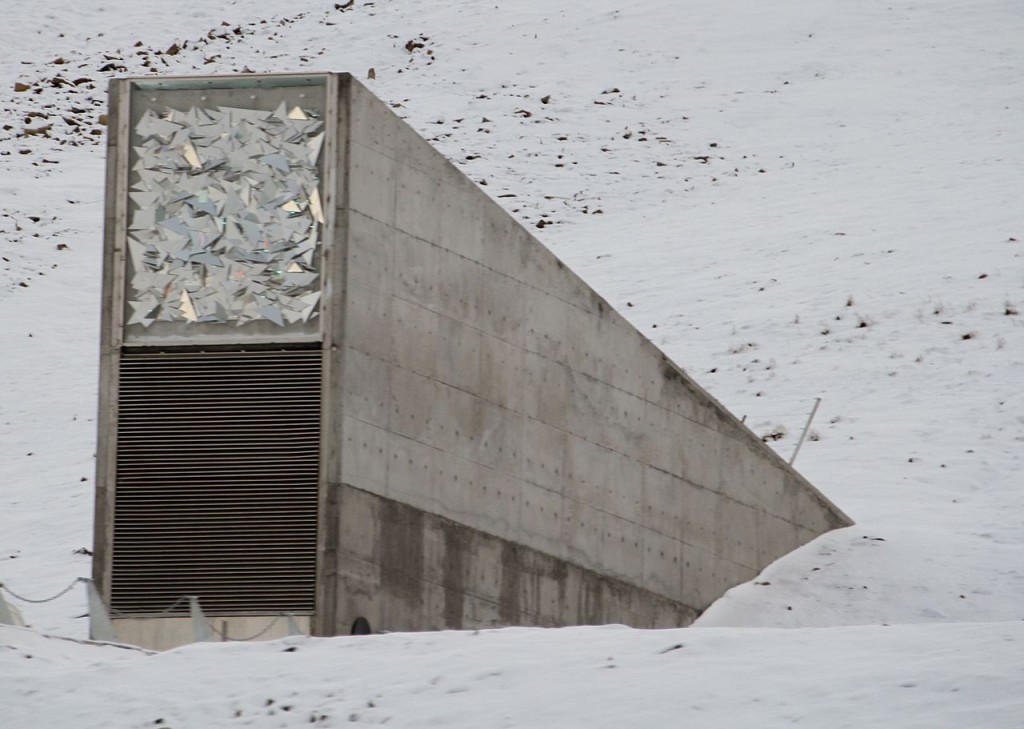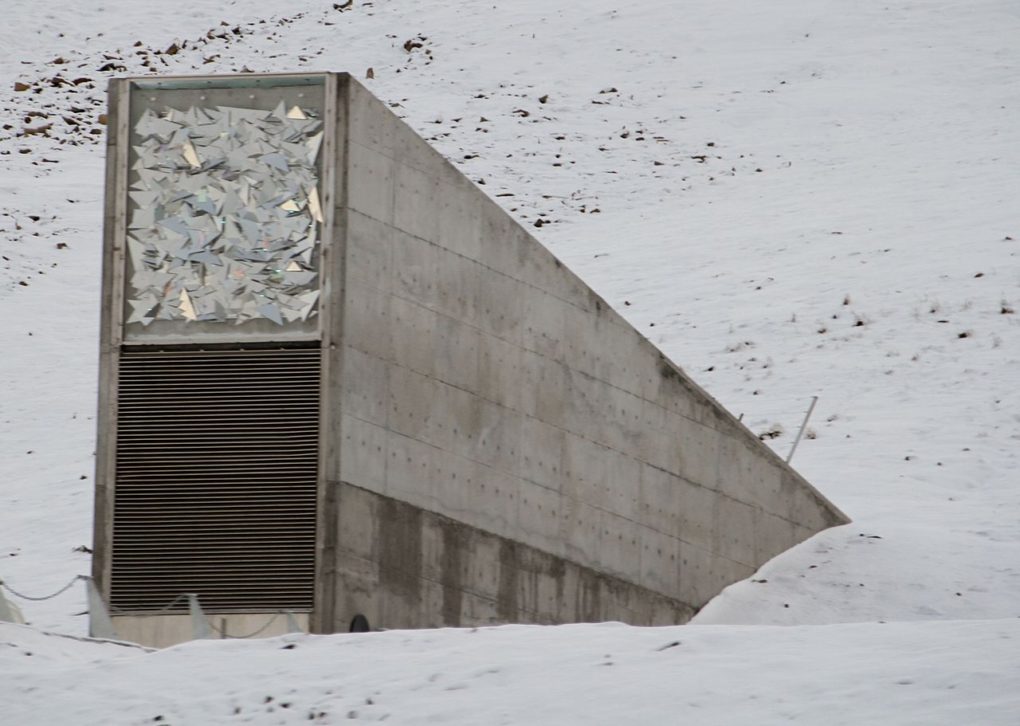Weeds genomes may someday be how we feed a sustainable world

To aid in the preservation and security of plant varieties, a large, secure depository has been built into the side of a mountain in Norway, known as the Svalbard Global Seed Vault. Svalbard is one of many seed banks around the world built to preserve millions of plant varieties. These banks contain seeds from around the world, holding unlimited possibilities for the future of plants.
Ensuring seed preservation is an important part of ensuring the future sustainability of agriculture and food production. Seed banks are libraries that store every possible species of seed that can be stowed and saved. No seed is discriminated against! Such banks offer the opportunity to preserve seeds that may not have flourished (or been important for food production) when collected. However, they could have greater future potential, offering agriculture two main opportunities.
First, the preservation of plant seeds allows future generations to reintroduce varieties to the environment should the need arise. What the future will bring with climate changes and growing populations is unknown. Society may need to rely on the diversity of varieties available from seed vaults. Plant varieties that at one time might not have been optimal to produce due to growing conditions, taste, shape, size, and yield may in fact be what is needed in the future.
Second, in the future using genomic sequencing, seed bank species will be sequenced, and this data could be a tremendous benefit to the future plant breeding. Each plant variety has unique characteristics and physiological attributes that researchers can utilize and incorporate into future varieties. For instance, future growing seasons may be much longer and drier; researchers will search seed vaults for plants which have previously thrived under these circumstances. The gene(s) from plants that grew in drought conditions could potentially be bred into future varieties in order to maintain food sources.
Seed banks are an investment in the future, let’s hope these banks’ contents continue to grow and offer future generations a wealth of opportunities and diversity.
If you would like to learn a bit more about seed banks and preserving varieties in the present and the future watch Cary Fowler’s TedTalk. Or click the following link Seed Savers Exchange to learn more about preserving plant varieties.


